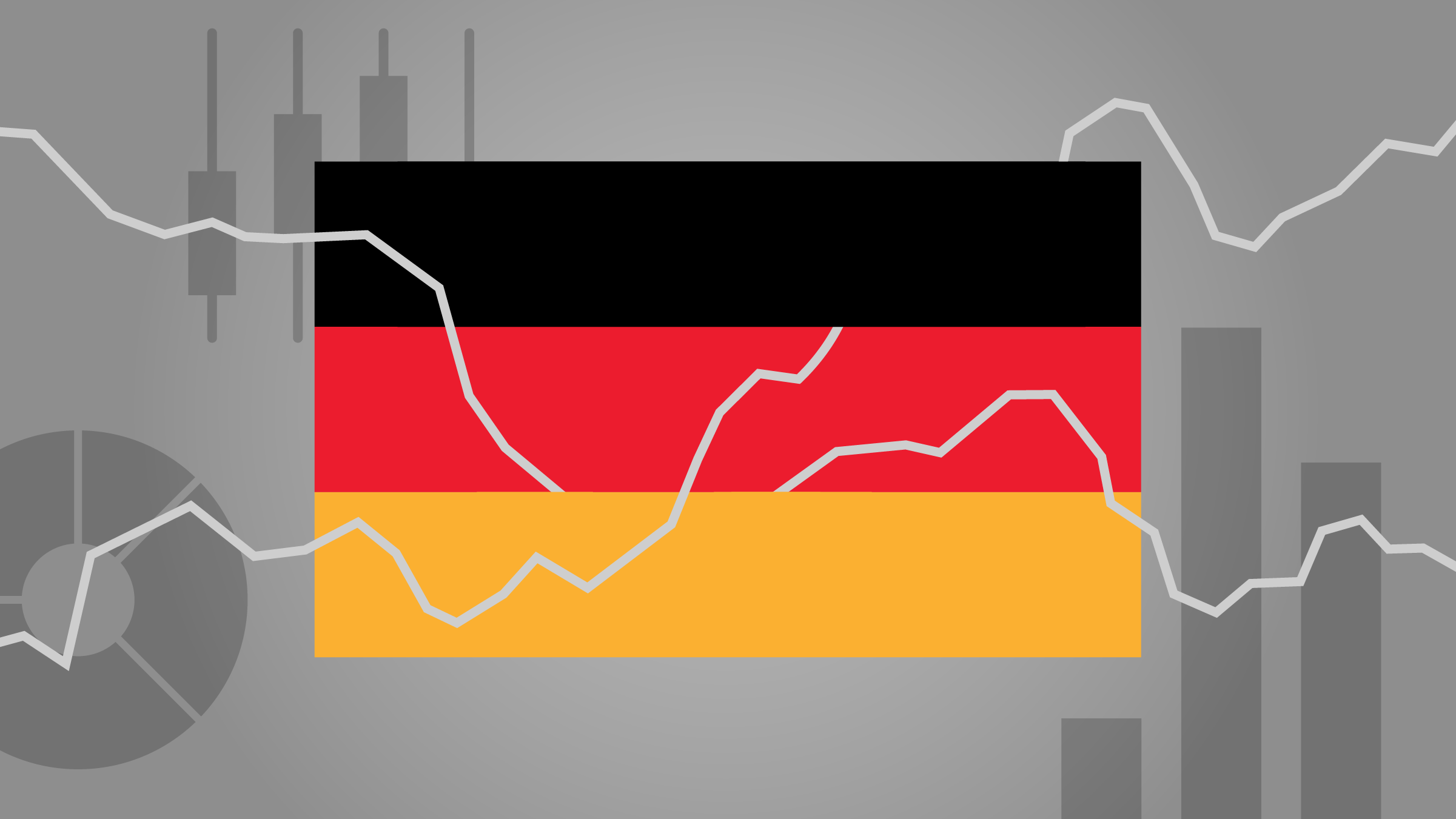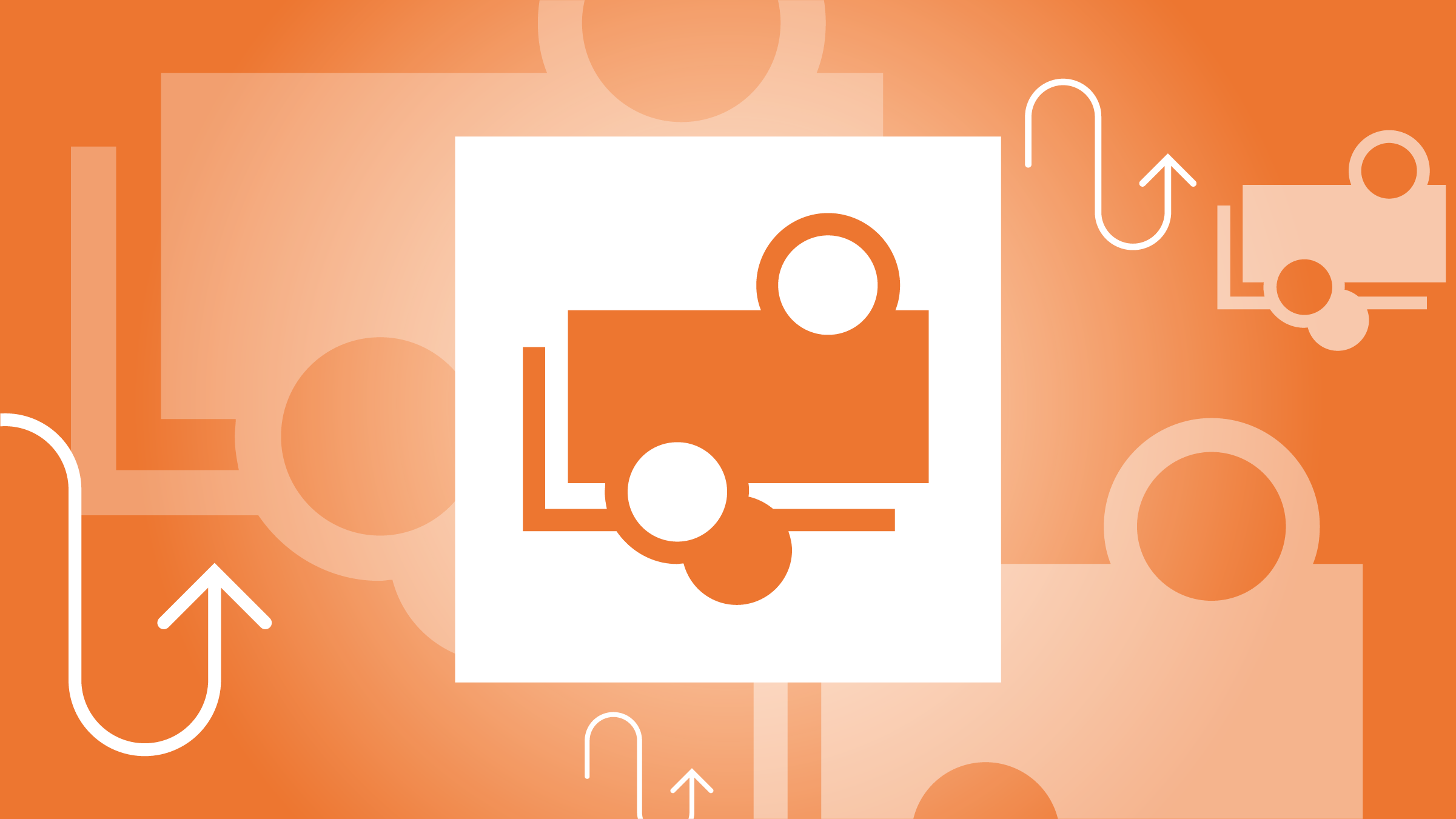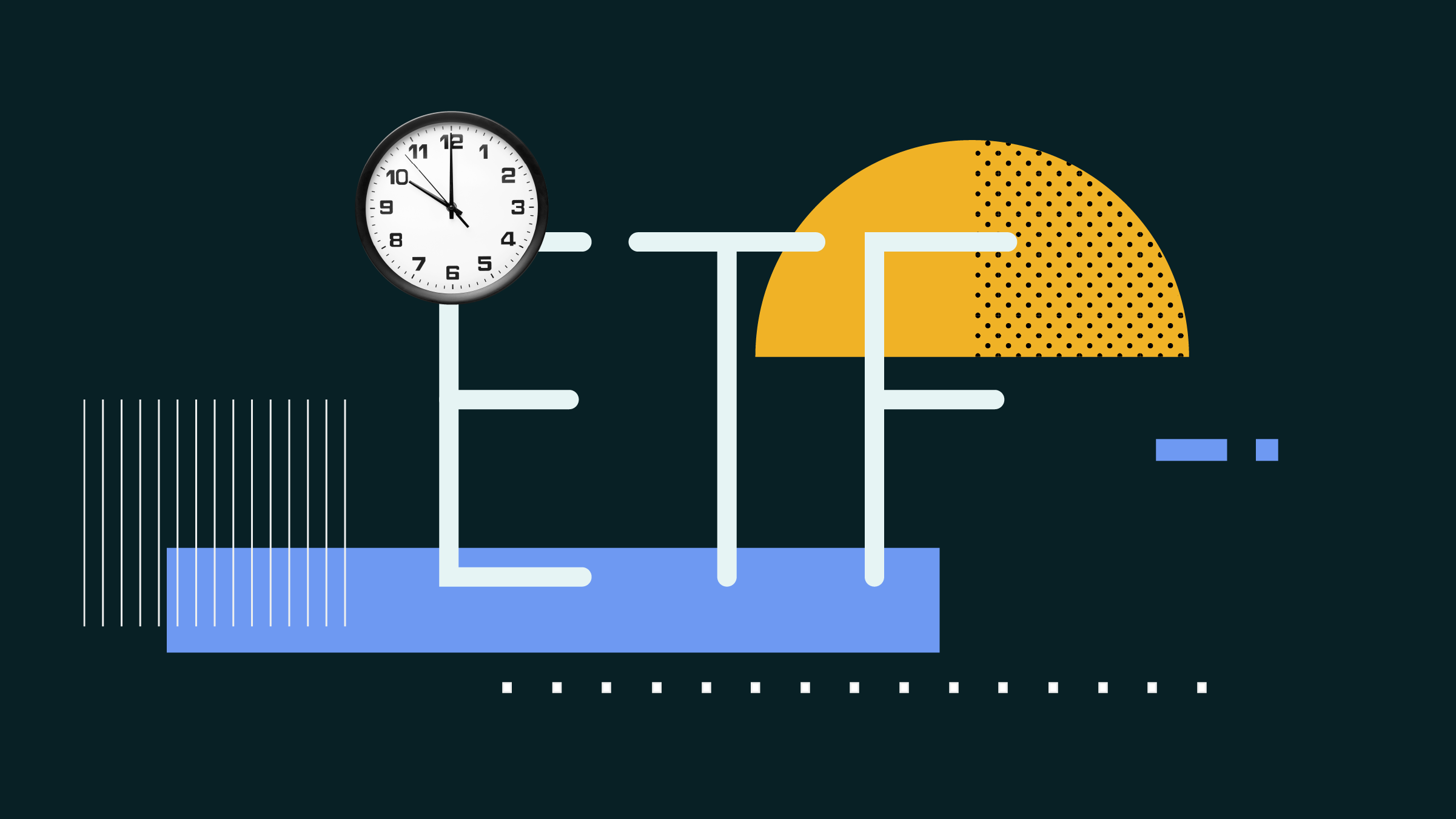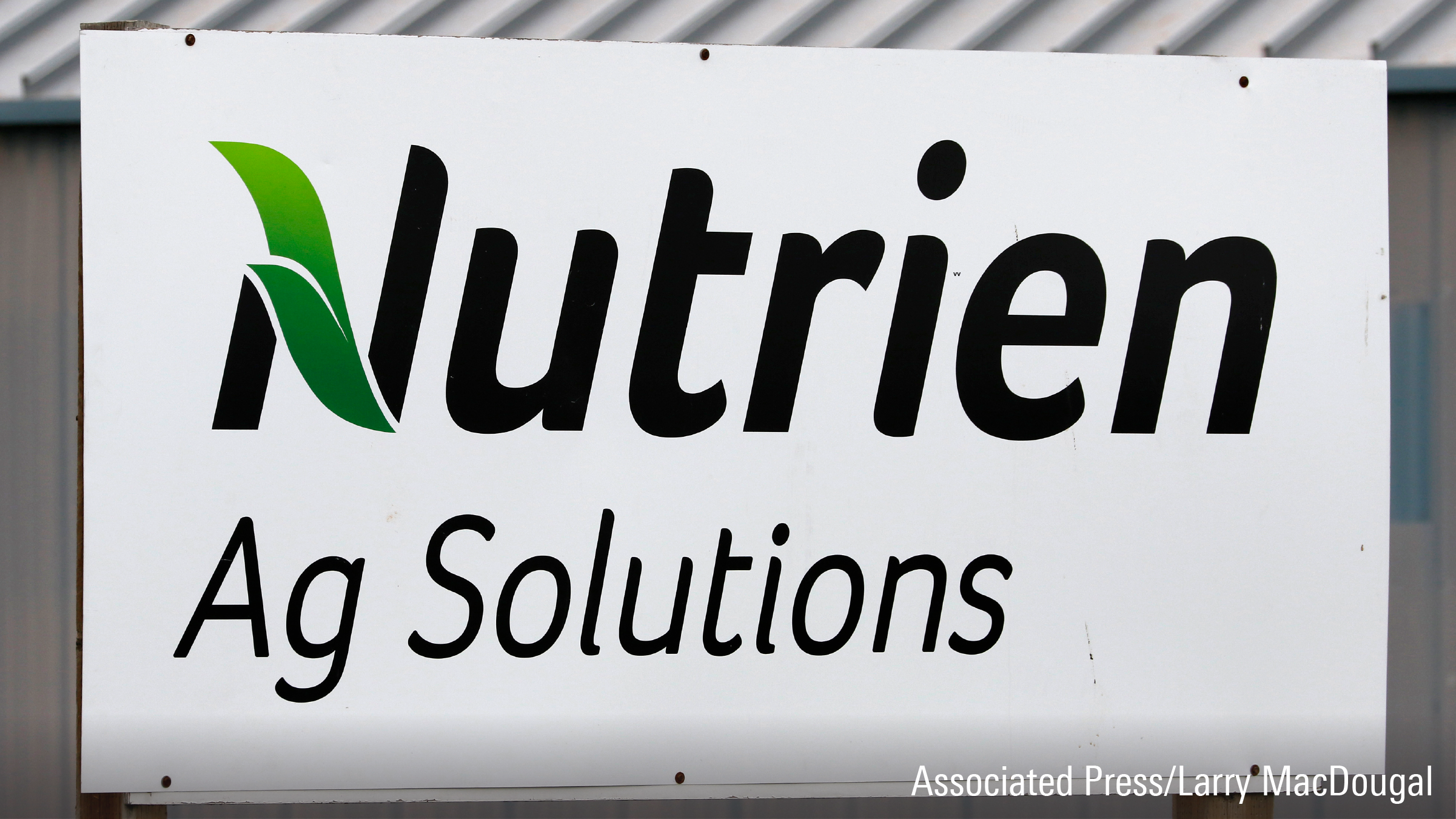Matt Coffina: For Morningstar, I’m Matt Coffina. I’m joined today by Elizabeth Collins, who is the director of our basic materials team and also chairs our economic moat committee. We’re going to talk about how the moat committee works and how Morningstar assigns economic moat ratings to companies.
Thanks for joining me, Elizabeth.
Elizabeth Collins: Thanks for having me.
Coffina: First, could you tell us how does the moat committee work, and why is it important to our equity-research process?
Collins: On the moat committee, we have a little bit over 15 senior members of the equity research department. And this moat committee meets about two to three times a week, and we vote on analyst proposals for their company’s moat ratings. And basically, the analysts make a case for why they think a company should have a particular moat rating. We ask critical-thinking questions about the company’s competitive advantages. Then the voters cast their votes, and the majority rules.
I think it’s important for our equity research methodology because it ensures consistency and rigor, and so that if you’re reading about a moat rating on any particular company, you know that it’s consistently applied across our coverage universe. It's comparable on an apples-to-apples basis no matter what the sector or industry is.
Coffina: Morningstar has identified five sources of an economic moat. Can you tell me what those are?
Collins: Sure. We’ve intangible assets, customer switching costs, cost advantages, network effect, and the efficient scale phenomenon.
Coffina: Start with cost advantages. What is that and what’s an example of a company with a cost advantage?
Collins: Sure. So, a cost advantage, it might be that you’re selling a commodity product or something where there is not an opportunity to differentiate on prices. But if you’re a company [with a cost advantage] you have an advantage because of your ability to sustainably produce the good or service at a cost lower than everybody else. So, you capture that spread between prices that everybody is charging and your costs, which are lower than everybody else’s.
And a good example on this category would be Ultra Petroleum, which is a natural gas producer. Mother Nature gave them very advantaged geological assets that they had for many years, and they produce natural gas at a cost lower than the rest of their peers.
Coffina: How about intangible assets?
Collins: So, intangible assets is a category that covers a lot of ground. We have brands, patents, and then government regulations, things of that nature. So, let me talk about brands. Here we’re looking for brands that allow companies to charge a premium price. So a brand, if it just means name recognition, that doesn’t really qualify for an economic moat, but if it allows the company to charge a higher price, then that’s something that might be moat-worthy.
And a good example here is Coca-Cola. Unlike some grocery-store items, where people are willing to save money and buy the store brand or generic brand, soda is something where brand really matters and people are less willing to trade down to store brands.
Coffina: I think one of the strongest sources of an economic moat is the network effect. Can you give me an example of a network effect?
Collins: I think you are right. The network effect is a very potent form of competitive advantage. I think the best example here is eBay, and with the network affect the value of a good or service increases for both buyers and sellers, as more buyers and sellers are added to the network.
So, if you think about it, you want to sell your old Beanie Babies, you are going to go to the platform that has the most potential buyers--bidders [in eBay's case]. And if you're in the market for Beanie Babies, you want to go to the platform that has the most potential sellers of Beanie Babies. And so, the platform becomes stronger as more people get added to the platform.
Coffina: Great. [Can you talk about] switching costs?
Collins: Switching costs is where several competitors might be offering a similar good or service. But you don't see as much price competition because customers won't switch for small differences in price because the value they gain from getting that lower price would be more than offset by the costs they would have to incur in either time or money in order to undergo the switch.
So, in this case, we see examples like Oracle. It has massive database offerings. Companies don't want to undergo the cost of switching providers because it would be huge headaches for them. They lose business, [and it causes] disruption of their business. So, basically there is high cost of failure and low cost of ongoing service. It makes sense to stick with your existing provider.
Coffina: And lastly, I think probably the least intuitive of the sources of moat is efficient scale.
Collins: Efficient scale is where a limited market is effectively served by one or a small number of existing players. And potential entrants are disincentivized from entering the market because doing so would result in a market share battle, and in order to recoup their costs of investment for entering the industry they’d have to compete a lot on price. Doing so would depress prices for all players, depressing returns for everybody in the industry, and it defeats the purpose of entering in the first place.
A good example of an efficient scale phenomenon is pipeline. So, a good example would be Kinder Morgan. It only makes sense to transport a certain amount of oil from point A to point B. Once a pipeline is built that meets that need, it doesn't make any sense to undergo the capital costs in order to build another pipeline.
Coffina: How do we weigh in the moat committee quantitative versus qualitative evidence when assigning a moat rating?
Collins: I think that they are both equally important. So, we're looking for the qualitative factors, the underlying sources of competitive advantage, the five sources that you and I just talked about. But we also have some quantitative hurdles that we want companies to jump over before we award them a narrow or wide economic moat rating. Our ratings are forward-looking.
For a narrow-moat company we're looking for them to have economic profits. In most cases, that means returns on invested capital that are higher than the weighted average cost of capital, that are sustainable for at least 10 years. With a wide-moat company, we want those positive economic profits to be sustainable for at least 20 years. There is also a degree of certainty that we look at. We have a higher degree of certainty with a wide-moat company, and with a narrow moat company even we need to be more likely than not certain that the economic profits will be positive 10 years from now.
Coffina: Well, this has been great. Thanks for joining me, Elizabeth.
Collins: Thanks for having me.
Coffina: For Morningstar, I'm Matt Coffina.






















